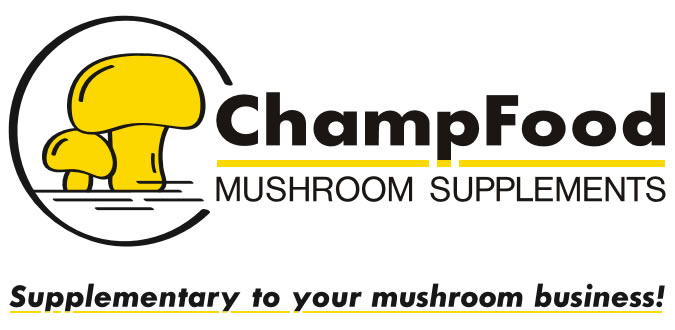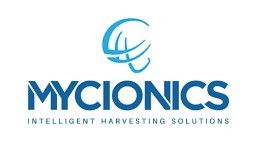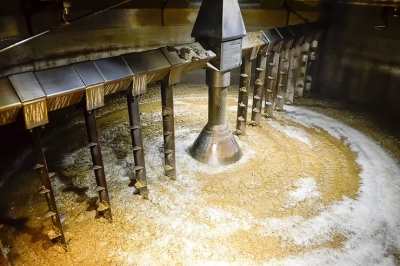Distilleries produce more than just spirits. In Kentucky—home to 95% of the world’s bourbon—booming production has led to a surge in byproducts, particularly stillage: a nutrient-rich slurry of spent grains and moisture left after distillation. Traditionally used as animal feed or disposed of via wastewater systems, stillage is now gaining attention as a promising input for bio-based materials.
A recent study from the University of Kentucky published in Fungal Biology and Biotechnology, explores how this overlooked waste stream can be transformed into pure mycelium materials (PMM) using solid-state fermentation. By feeding stillage solids to fast-growing fungi like Rhizopus oligosporus, researchers were able to produce tunable, leather-like sheets of aerial mycelium. The process not only valorises distillery byproducts but also opens up new avenues for sustainable material production at scale.
Fast-Growing Fungi, Flexible Materials Most commercial mycelium materials are made using Basidiomycota fungi such as Pleurotus ostreatus, known for their ease of cultivation and controllable growth. But the Kentucky study tested R. oligosporus, a Mucoromycota species used in tempeh fermentation. Its advantage? Speed. The fungus grew up to four times faster than P. ostreatus, producing dense mats of mycelium in just three to five days under controlled conditions. The team focused on growing aerial mycelium—the fluffy, thread-like structures that rise above the substrate. These fibres can be harvested and processed into flexible, leather-like sheets. Their quality and structure depended on several factors: substrate packing density, support height, and nutrient composition.
Please read the full article here.
Source: MycoStories
Photo: Depositi photos






















